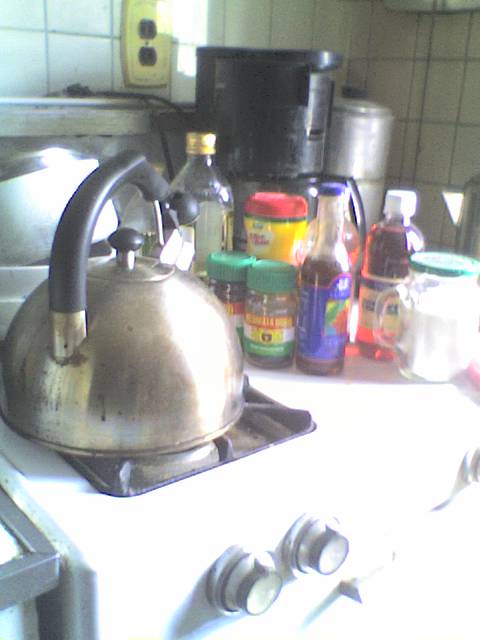Italians have a graceful grittiness to them that makes them strong in the face of adversity. They bounced back almost immediately after last month's earth quake violently shook the ancient towns of Amatrice and Accumoli.Despite all this the inhabitants of one Umbrian town, Norcia, kept going,still creating amazing dishes and producing salumeria meats.
Julia Moskin visited and wrote about one of the most beautiful landscapes in Europe in today's New York Times Food section. Umbria was shaken by a 6.2 magnitude earthquake last month but there was thankfully only structural damage.There is still the problem of closed roads that make it difficult to transport goods to other parts of the republic. Couple with the region's fears of the newly born gastro-tourism industry suffering due to tourists' concerns about another earthquake happening. The area , also known as Italy's cuore verde or green heart is the place to go for the best olive oil, richest red wines and flavorful cold cuts or salumi. It's a mystery why Umbria hasn't been made a culinary UNESCO World Heritage site like Lyons, France and Chengdu China.Some recipes have remained unchanged since Etruscan and Roman times.It could be that its' cuisine has always been overshadowed by neighboring Tuscany's more famed and favored dishes and recipes.Still, the region has many famous recipes, as Ms Moskin points out.One of the most known is porchetta,a juicy roast of pork tightly rolled around garlic and herbs.
Umbria is not just known for its' porchetta .It's also known for its' ancient and native strains of beans and pulses that are being unearthed and cultivated for a new generation of Italian chefs.There is even Roveja, a kind of pea, once thought to be extinct that is now being cultivated and sold at premium prices, much like Piedmontese truffles.Since Umbria is one of Italy's few landlocked provinces, the area relies on its' native fruits and vegetables, instead of seafood for main ingredients.Nettles, asparagus and fennel along with some flowers make up their most dishes culinary backbone.Of course Italy is about pasta too, and Umbria has many different kinds. Home chefs there pride themselves on making tender , springy pasta without the usual eggs, using a full body kneading motion called "culo mossa" that bears a resemblance to samba dancing.No meal would be complete without salumi, salt cured pork products. Their prosciutto is aged for two years before eating , unlike other prosciuttos from across the region. The result is a more flavorful and concentrated taste. It is so prized in Italy that it never makes it outside the borders. Luckily tourists can eat it and other charcuterie hen they stay in the alberghi and guest houses.
Umbria will always be known for its' vibrant cuisine taken from ancient recipes. No earthquake is going to change that.The food is as immovable as the land that has produced it for millennia
Wednesday, September 14, 2016
Umbria Unstoppable
Labels:
.New York Times,
aparagus,
culo mossa,
eggs,
food,
garlic herbs,
Julia Moskin,
nettles,
pasta,
Piedmontese,
porchetto,
prosciuttos,
Roveja,
truffles
Subscribe to:
Post Comments (Atom)




No comments:
Post a Comment